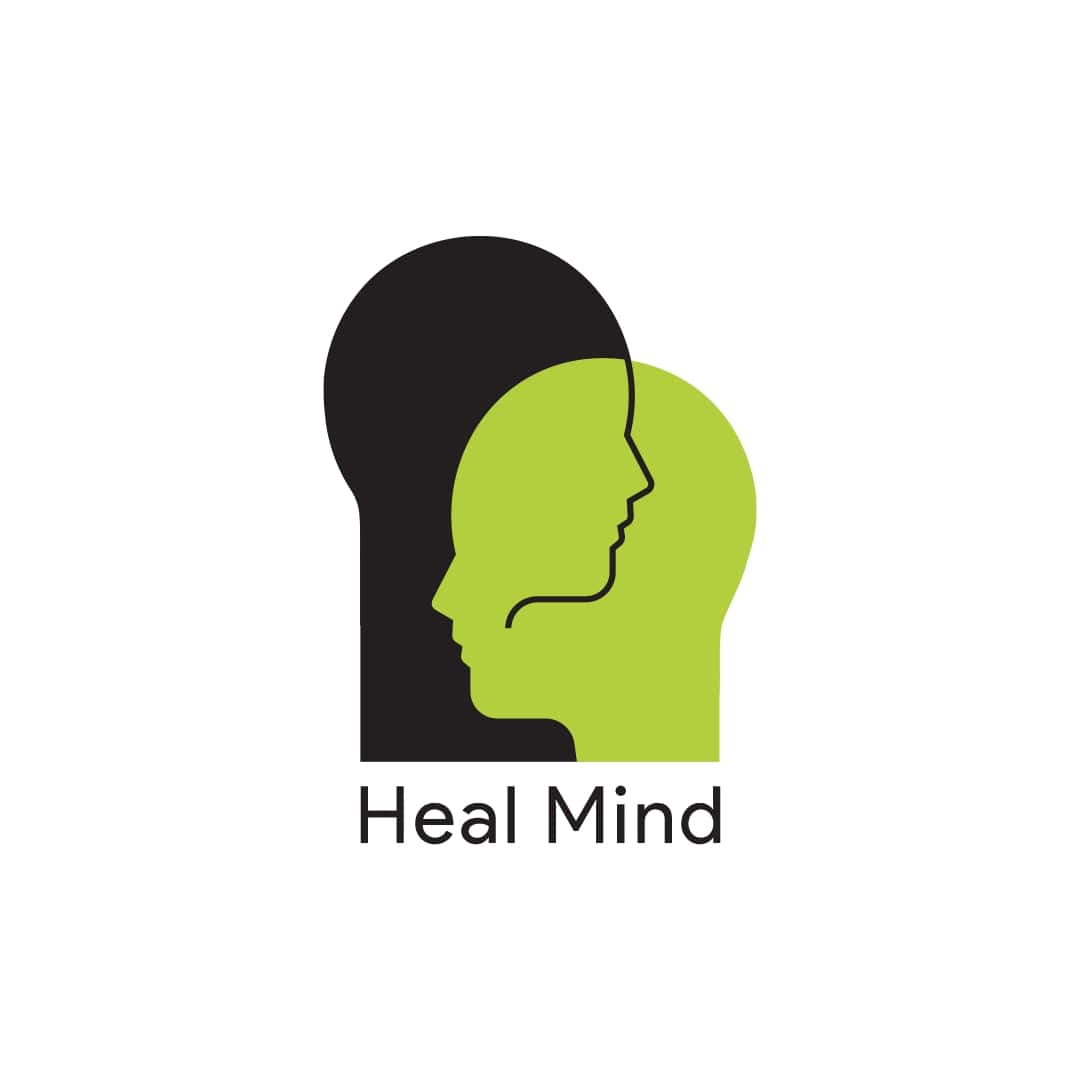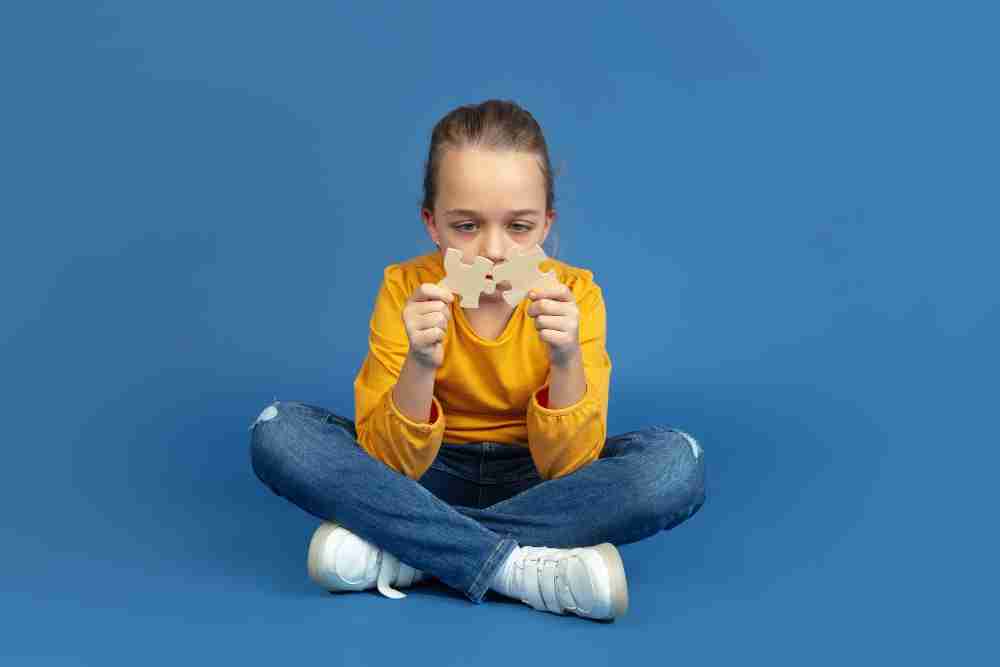ADHD stands for attention deficit hyperactivity disorder, an intricate brain condition affecting about 11% of children and nearly 5% of adults in the United States.1 ADHD is a developmental disruption in executive function in the brain. Attention-deficit hyperactivity disorder impacts a person’s behaviour, can make them overactive, and have difficulty acting on impulses and paying attention.
Children with attention-deficit/hyperactivity disorder (ADHD) may also struggle with poor self-esteem, difficult relationships, and low academic achievement. Attention-deficit/hyperactivity disorder (ADHD) is a chronic illness affecting millions of children, often continuing into adulthood.
Many parents report hyperactive motor behaviour in their children’s early years, but symptoms of ADHD may be difficult to differentiate from impulsivity, lack of focus, and overactive behaviours typical in children younger than four years old. Just because a child has symptoms of inattentiveness, impulsivity, or hyperactivity does not mean they have attention-deficit hyperactivity disorder
. All young children have limited attention and do things without thinking at times, but only some of those children have ADHD. Children with ADHD can have problems paying attention, controlling impulsive behaviours (may act without thinking of the outcome), or being overactive. in case you are seeking for mental health support via online counselling Healmind is the best option
Many ADHD symptoms, such as a high activity level, trouble staying still for long periods, and limited attention span, are common to younger children overall. People with ADHD also may have difficulty paying attention to one task or remaining stationary for extended periods.
A child who has had six or more of these symptoms of attention problems for at least six months (to the extent that they disrupt daily functioning and are out of line with normal development levels of children his or her age) can be diagnosed with an inattentional aspect of ADHD. To be diagnosed with ADHD, children must have had six or more symptoms of one of two (or both) major categories–1) inattention and/or 2) hyperactivity/impulsivity (see the symptoms section)–of ADHD for the past six months.
ADHD, also called attention-deficit disorder, is a behavioural condition, typically first diagnosed during childhood, characterised by inattention, impulsivity, and, in some cases, hyperactivity. ADHD in children One out of every ten children aged five to seventeen years is diagnosed with ADHD, making it one of the most common childhood neurodevelopmental disorders in the U.S. ADHD symptoms, such as low mood and a negative self-image, mood swings, and irritability, may be confused with dysthymia, cyclothymia, or bipolar disorder, and with borderline personality disorder. ADHD symptoms in girls are also often attributed to a mood disorder. Know more about Counselling for ADHD In Bangalore
There are other mental health conditions that are frequently comorbid with ADHD, such as substance use disorders. Primary sleeping disorders can impact attention and behaviour, and symptoms of ADHD can impact sleep. The difference for children with ADHD is that their hyperactivity and inattention are markedly greater than expected for their age, and they experience distress and/or problems functioning at home, school, or with friends.

